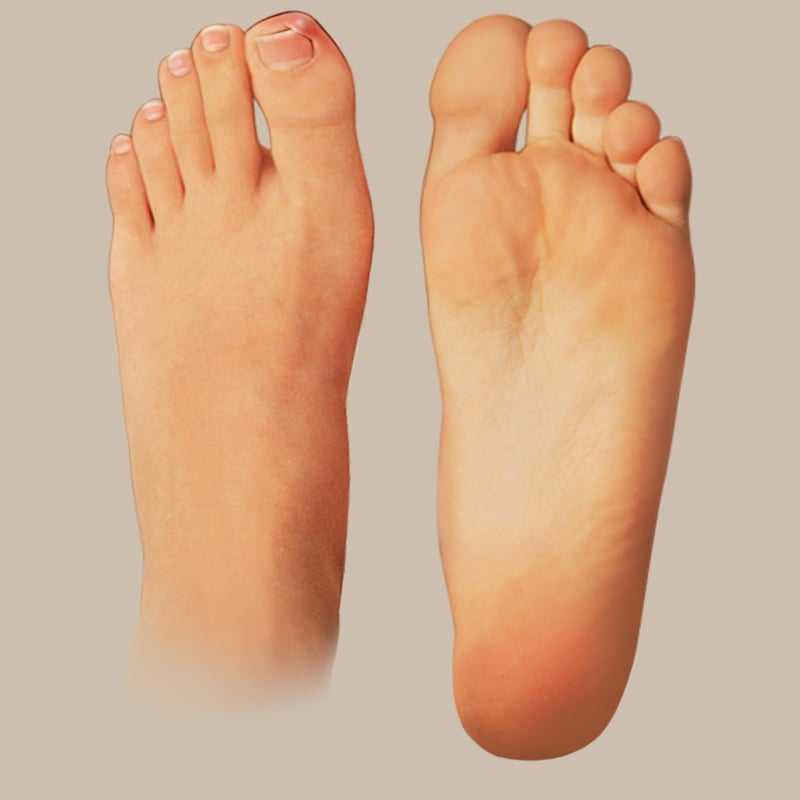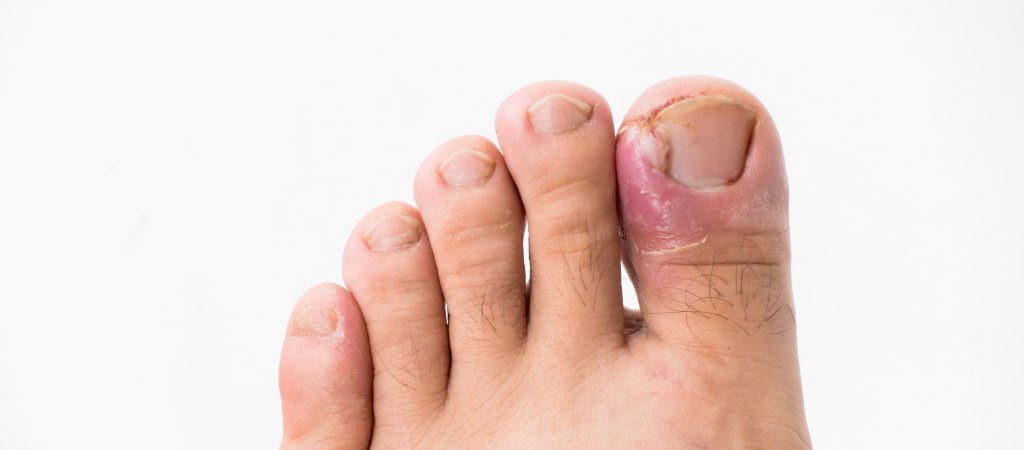
Ingrown toenail treatment options depend on the severity of the symptoms. Moderate to severe symptoms may require nonsurgical procedures while more severe cases may require surgical procedures. Fortunately, recent research has shown that some surgical techniques have minimal recurrence rates. Therefore, it is important to make an appointment as soon as possible. This article provides an overview of the various treatment options available. Listed below are some of the most common ones.
Ingrown toenail surgery is an outpatient procedure, usually with local anesthesia. Some doctors offer twilight anesthesia, which means you will remain awake but groggy, while others use general anesthesia, which will keep you completely unconscious during the procedure. If you’re nervous about the procedure, you should opt for general anesthesia. However, if you’re prone to discomfort, this may be your best option.
The treatment options for ingrown toenail vary. Some people choose to try home treatments to relieve the pain and inflammation. If these do not work, you may need to see a doctor. If your symptoms continue to get worse, you may need surgery. If your symptoms are worse, visit your doctor. If you have a more serious case, you might even need to have surgery. You can use the Healthline FindCare tool to find a physician who can provide the best treatment for your specific case.
An ingrown toenail can be painful and cause pain. Your doctor may prescribe medication or perform surgical treatments to prevent the problem from coming back. Depending on the severity of your condition, you may need a surgery to correct the problem. If your symptoms don’t improve after a week or two of home treatment, you should visit your doctor. If they don’t, you may need surgery. This is the most aggressive treatment for an ingrown toenail.
The most effective treatment for ingrown toenail is surgical removal. Surgical procedures can be effective for removing ingrown toenails. During this procedure, you can cut the ingrown toenail to make it more flexible. Once it has been removed, the ingrown toenail can become infected. This may require you to use a special type of medication. You can also use a surgical pearl to treat your ingrown toenail.
You can consult a doctor to treat your ingrown toenail. Most ingrown toenails can be treated at home, but they should not be left untreated. Taking care of them will prevent future problems from arising. It is important to find a medical professional to help you get the proper treatment for ingrown toenails. If your symptoms persist, you should consult a doctor. If you’re experiencing pain, consider the following treatment options:

Ingrown toenail treatment consists of a variety of methods. Patients can perform surgical procedures to remove the ingrown toenail. Some patients may undergo surgical procedures for ingrown toenails, while others may have less severe cases. Regardless of the method, the treatments should be appropriate for the stage the ingrown toenail has reached. If the condition has not resolved on its own, you should consider visiting a dermatologist.
Treatment options for an ingrown toenail can range from home remedies to more invasive treatments. If symptoms do not improve, it is important to visit a doctor. You may need surgical treatment. Fortunately, the available treatment options for ingrown toenails described at https://www.carlostorre.org.mx/
are very effective. In more advanced cases, a foot surgeon should be consulted. A surgical procedure is a great way to treat an ingrown toenail without the use of harmful medications.
There are many reasons for an ingrown toenail. Improper nail care can lead to skin damage and buildup of flesh over the nail. Ingrown toenails are often caused by improperly trimmed toenails. Ingrown toenails can be easily treated by applying sterile gauze under the edge of the nail. In extreme cases, surgery may be required. If the infection gets worse, it may need to be removed surgically.
Treatment for an ingrown toenail involves soaking the foot in warm Epsom salts to relieve pain and inflammation. The rest of the time the foot should remain dry. Dental floss is often used to cushion the nail. An antibiotic cream is also effective. The healthcare professional should also recommend a bandage. The best treatment for an ingrown toenail depends on the severity of the infection.
